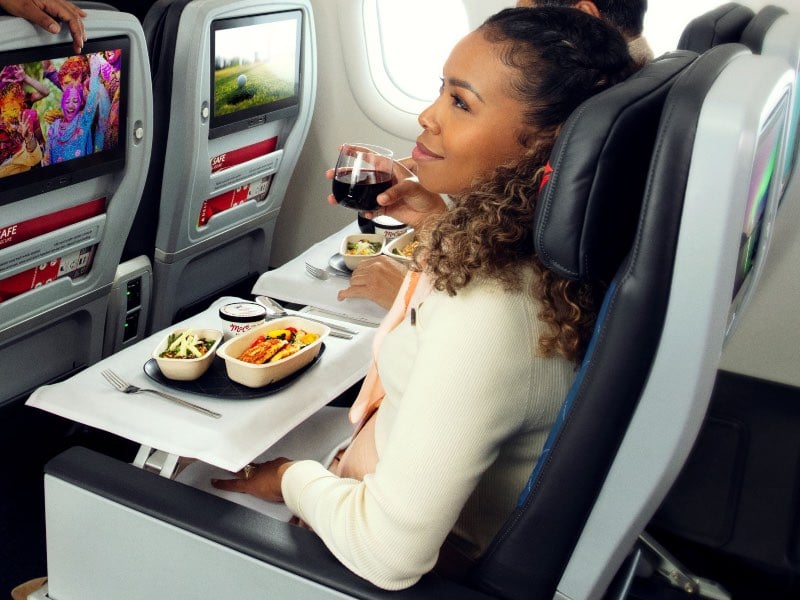
Premium Economy has been a popular invention for passengers looking for an improved travel experience on a budget. The cabin has also proven lucrative for airlines.
The beauty of Premium Economy, from an accountant’s point of view, is that the seats only take up around 30-60% more room on the plane (depending on the configuration). But airlines can charge a premium of double or even triple the Economy Class airfare.
Of course, Business Class fares are still more expensive than Premium Economy tickets. But Business Class seats take up a lot more space, especially when configured as lie-flat seats designed for long-haul flights.
The individual seat designs and features vary, but Premium Economy is more or less the same across the board. These are almost always reclining seats which are a bit wider and come with a bit more legroom than a regular Economy seat.
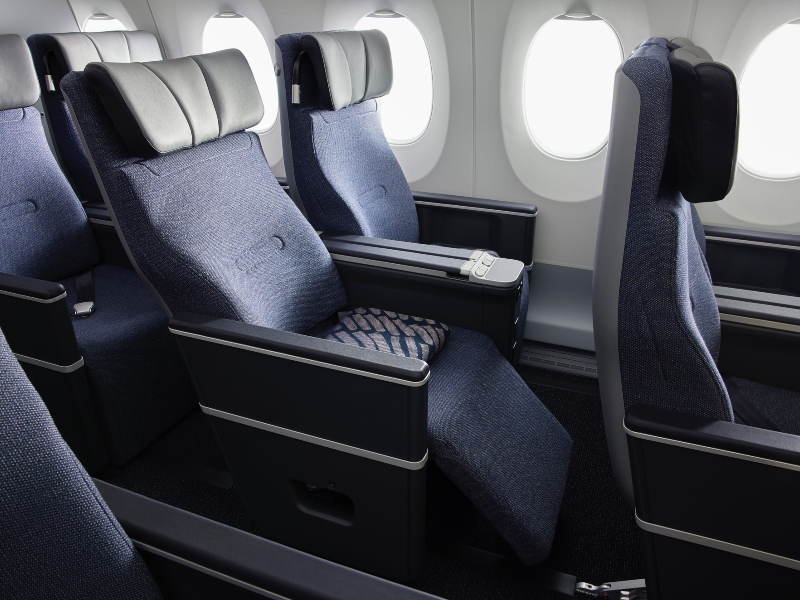
Some airlines also enhance their Premium Economy offering by including a higher baggage allowance, priority check-in and boarding, and in the case of Japan Airlines or ANA, lounge access.
But the main thing that differentiates Premium Economy from one airline to the next is the onboard service – particularly when it comes to meals.
Premium Economy catering varies significantly
Some airlines provide a dedicated Premium Economy menu which is a step-up in quality and quantity from Economy, but not quite as extravagant as the Business or First Class menu. In most cases, the meals are served on porcelain with proper glassware and metal cutlery.
Qantas and Air New Zealand are two examples of airlines that have adopted this approach to Premium Economy catering. These airlines also offer more premium drinks in their mid-tier cabin compared to Economy, but for example, provide sparkling wine instead of champagne. Most would say that this service offering is a well-positioned and appropriate middle ground.
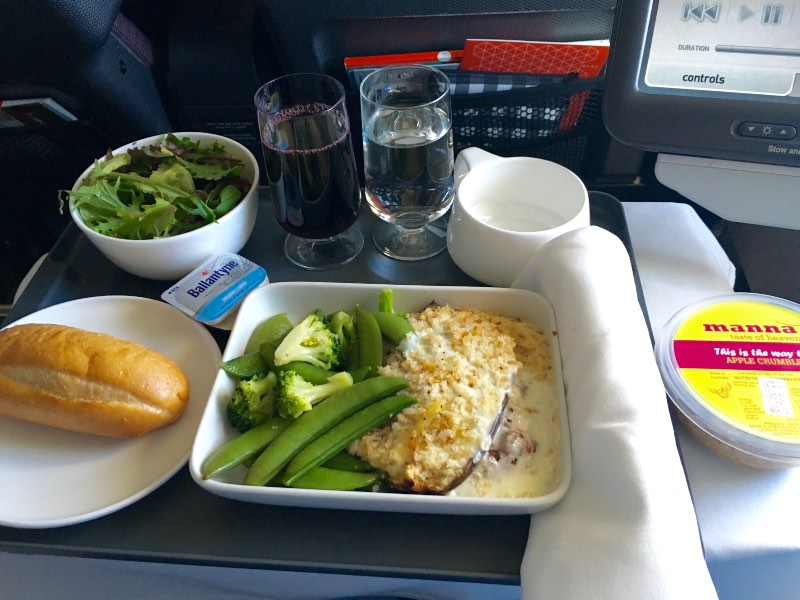
Emirates has also taken this approach to catering in its new Premium Economy class. While sparkling wine is served in Emirates Premium Economy, rather than champagne, customers can choose to pre-order cake and champagne for a fee on flights departing Dubai if they’re celebrating a special occasion.
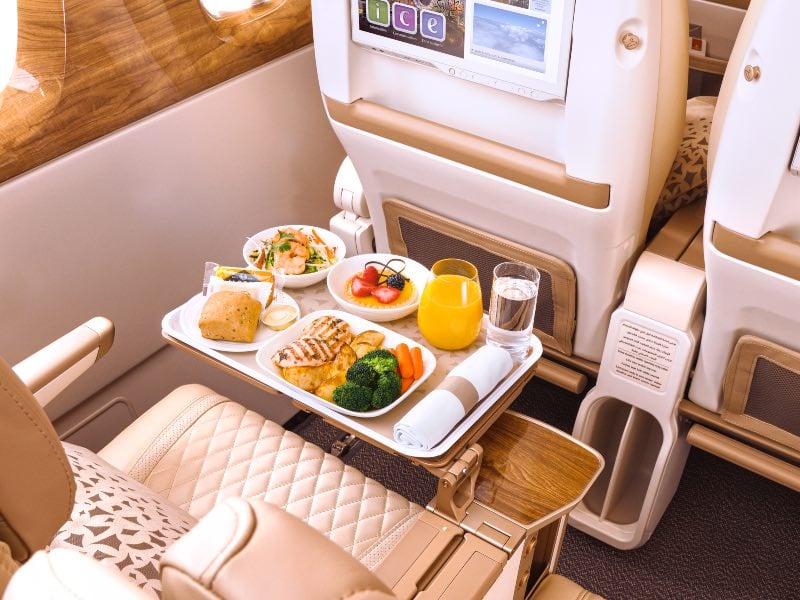
Some US airlines have in the past tried to charge for spirits in Premium Economy, but these policies have been largely reversed after a backlash from passengers.
Other airlines have taken a completely different approach to Premium Economy catering. German airline Lufthansa, for example, offers identical menus in Economy and Premium Economy. However, Lufthansa’s Premium Economy meals are better presented with proper crockery and metal cutlery.
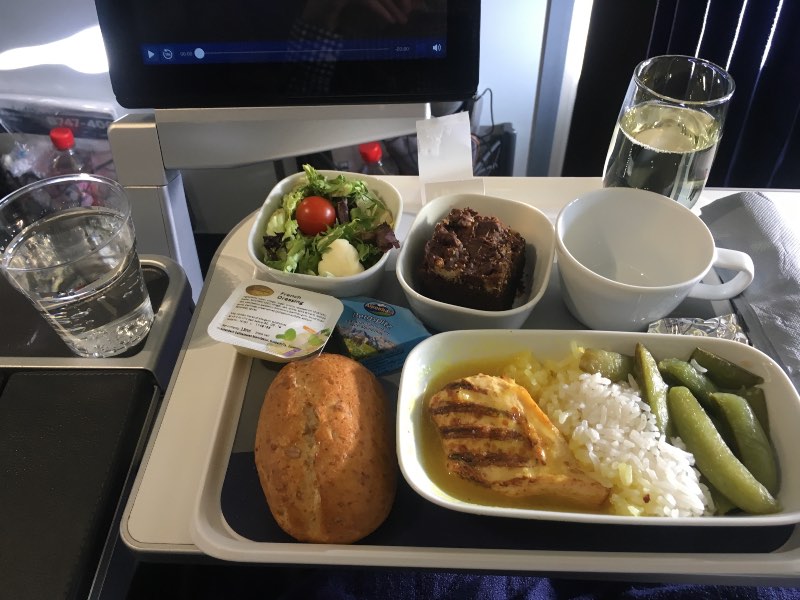
This kind of service is more of an “economy plus” approach where the larger seat is the main benefit, rather than the “business light” approach taken by some other carriers.
Delta Air Lines, which offers what it calls Premium Select on trans-Pacific and trans-Atlantic flights, has taken the opposite approach to Lufthansa. It now serves meals which are similar to those offered in Delta One (Business Class), and with linen tableware, but on disposable “bagasse” plates.
Other airlines have taken the approach of serving a Business Class meal for the first service on long-haul flights, but Economy Class food during the second meal service.
Serving the same food in Premium Economy as what’s provided in Economy or Business saves the airline money. By not having to provide as many different dishes, it can more efficiently produce a smaller menu at a larger scale.
If you’ve flown Premium Economy, what did you think of the meals? Leave a comment or discuss this topic on the Australian Frequent Flyer forum!


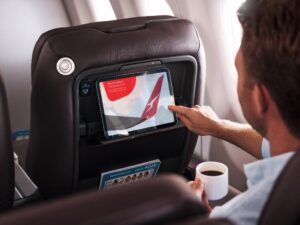
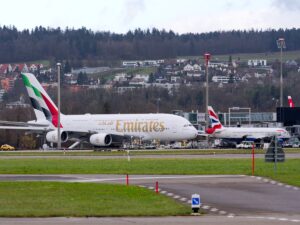


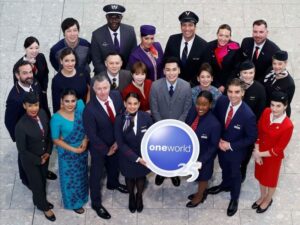





















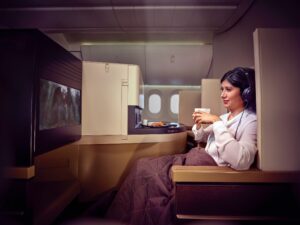







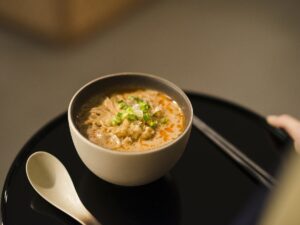




































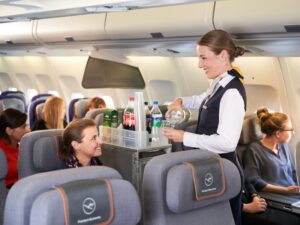
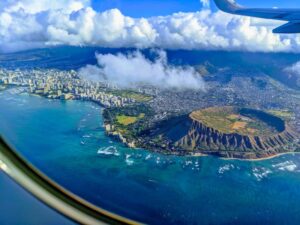






Community Comments
Loading new replies...
Join the full discussion at the Australian Frequent Flyer →